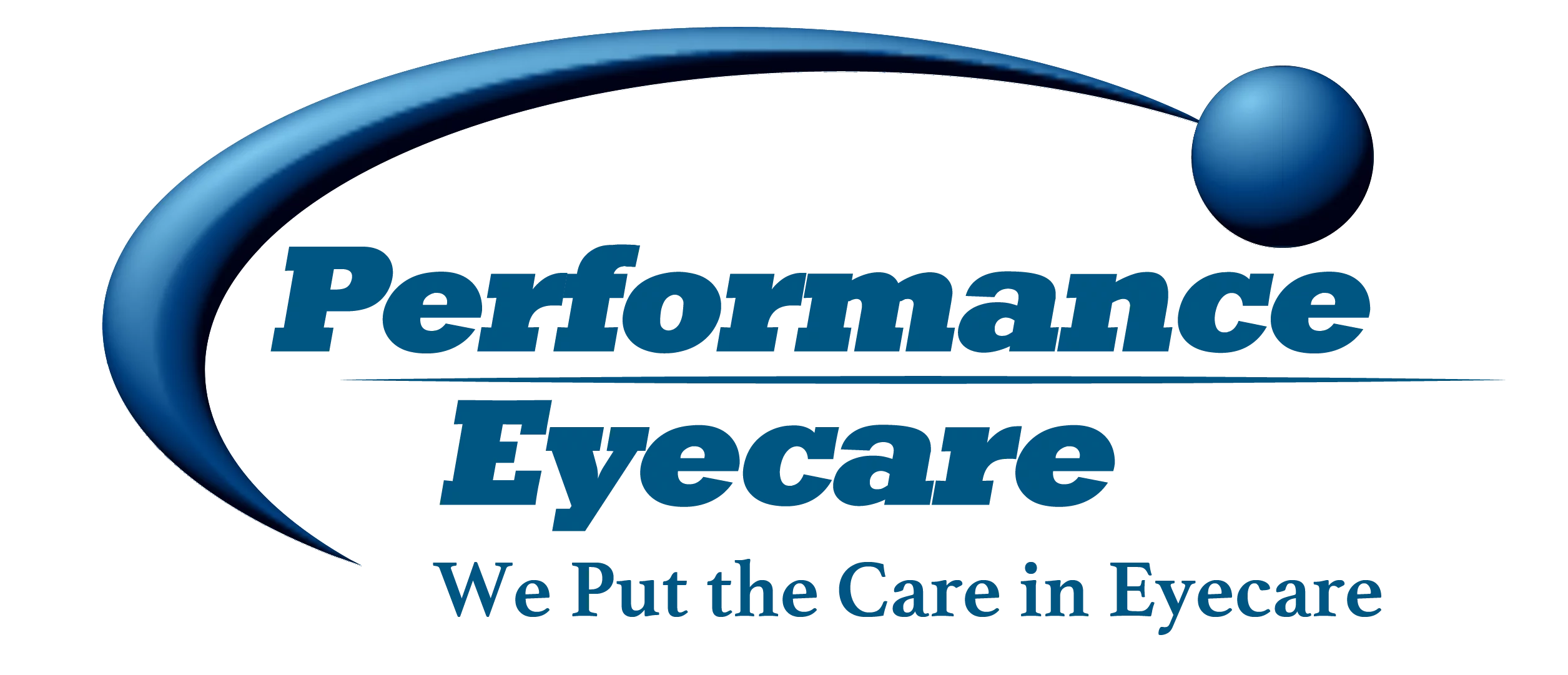Which foods can help keep your eyes healthy and reduce your risk of cataracts and age-related macular degeneration?
Nuts and seeds are a great source for vitamin E, but what is vitamin E? It’s a “powerful antioxidant that helps protect membranes of cells throughout the body against damage caused by metabolic by-products called free radicals,” according to AllAboutVision.com. The harmful radicals can be a result of environmental pollutants such as cigarette smoke.
Recent studies have suggested that vitamin E can prevent cataracts and macular degeneration.
One study from Age-Related Eye Disease Study involved 5,000 people. Researchers discovered a 25 percent lower risk of developing advanced stages of macular degeneration when vitamin E was taken. It also included high levels of vitamin A and C and zinc.
Additional studies also believe vitamin E may help prevent cataracts. There are also some studies that have provided conflicting findings and some eye doctors believe more research needs to be done before coming to a conclusion.
How much vitamin E should we have?
The U.S. Recommended Daily Allowance (RDA) for adults and children 14 or older is 15 mg per day of vitamin E. It’s recommended 19 mg for women who breastfeed. Those who smoke should consume more vitamin E as well as A and C.
What are the best vitamin E foods?
Sunflower seeds and nuts are among the best resources. Other great sources include whole grain cereal, almonds, frozen spinach, hazelnuts, mixed nuts with peanuts, avocado, and dry roasted peanuts.
There are some side effects of too much vitamin E. A 2011 study suggested men 50 years old and older showed an increased risk of prostate cancer when taking 400 IU of vitamin E compared to men who didn’t. It can also interfere with the body’s blood clotting ability.
It’s important to discuss these potential benefits and side effects with an eye care professional at Performance Eyecare and a general physician.
